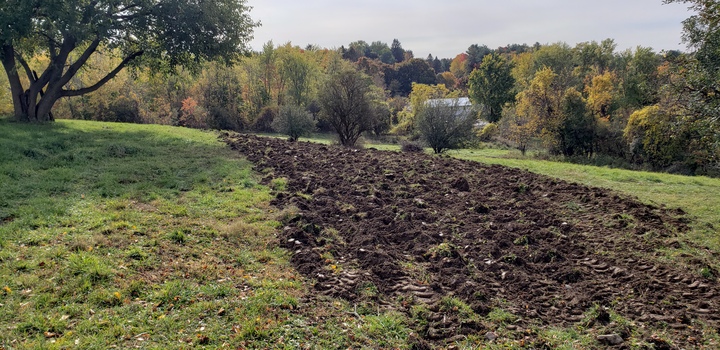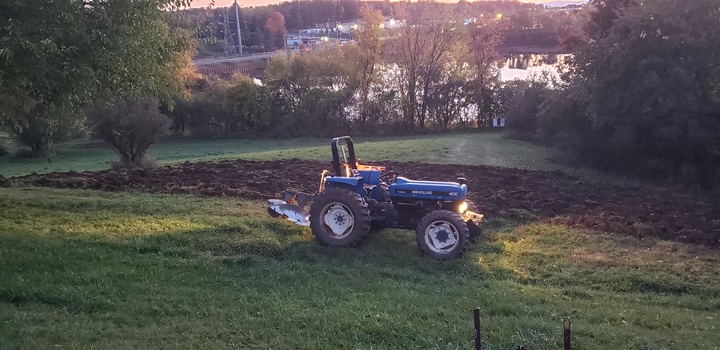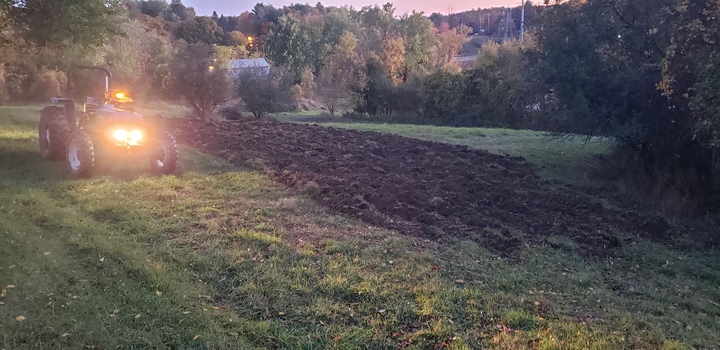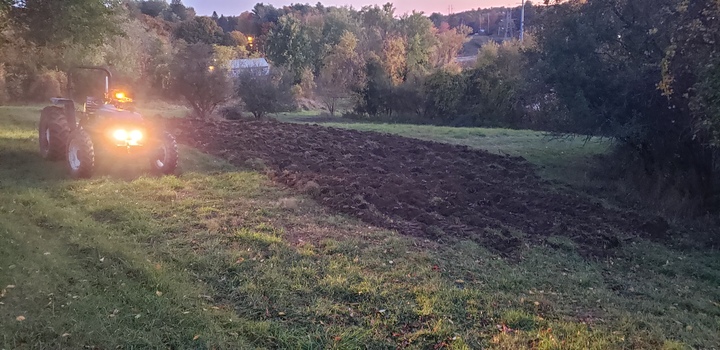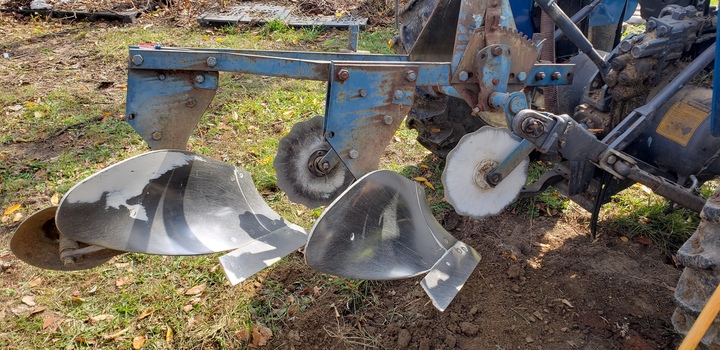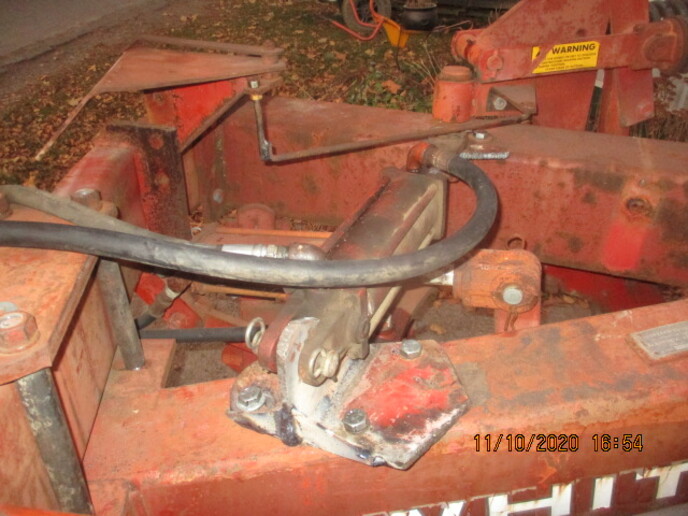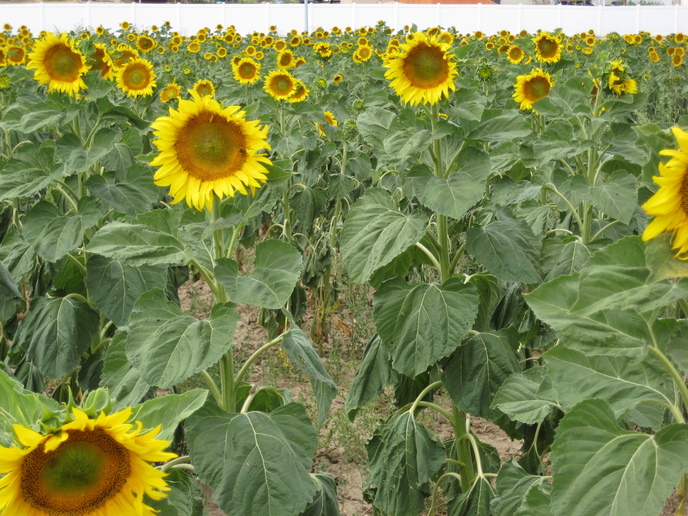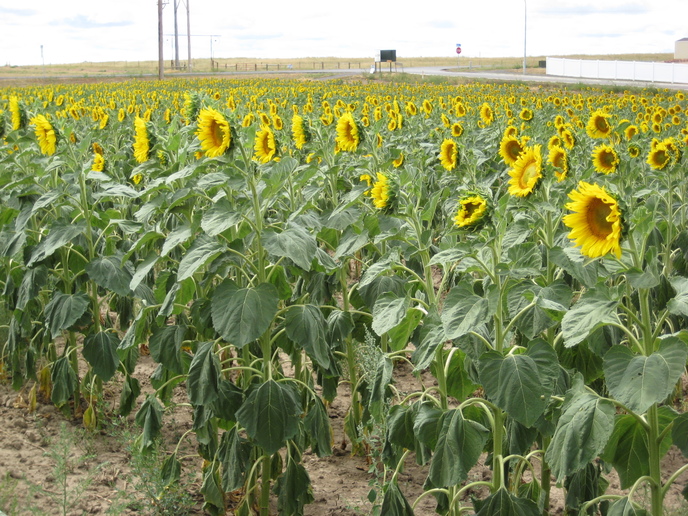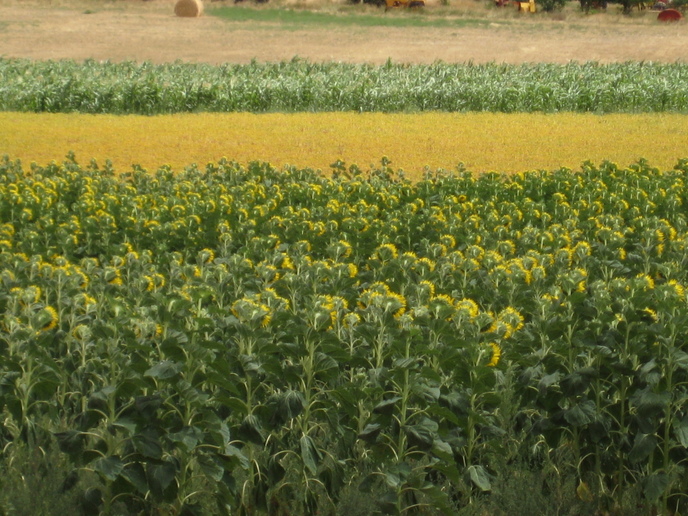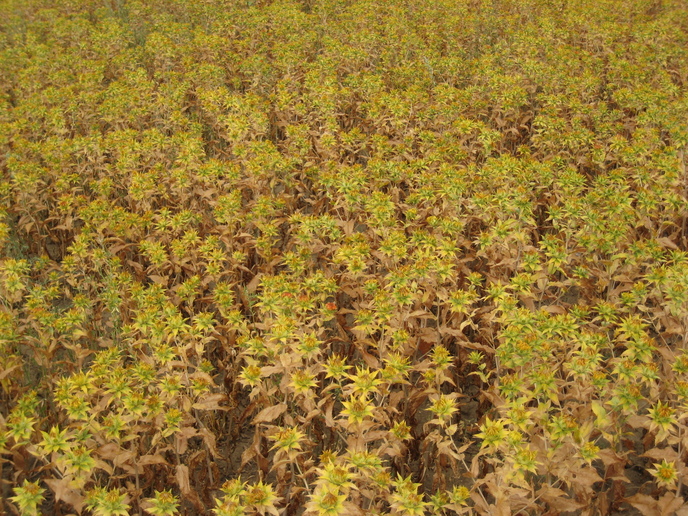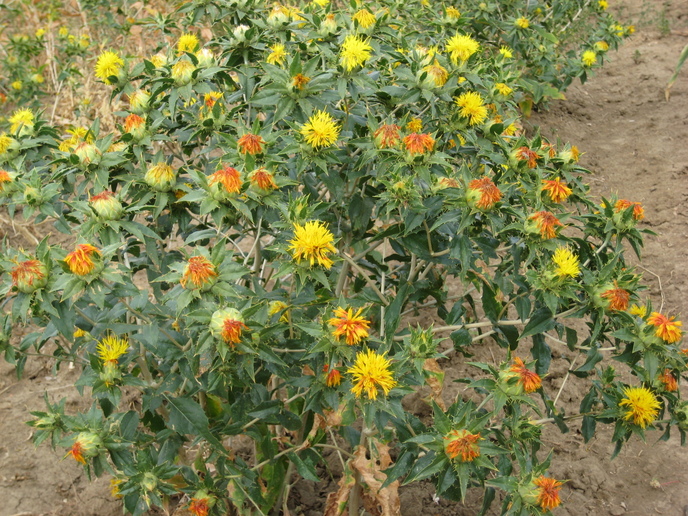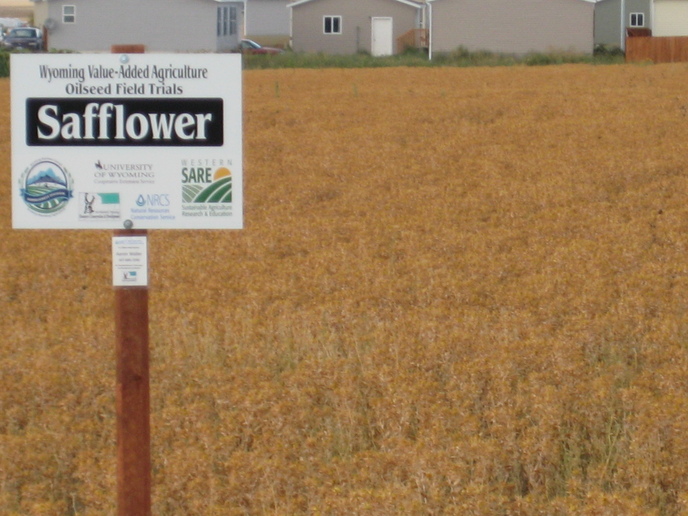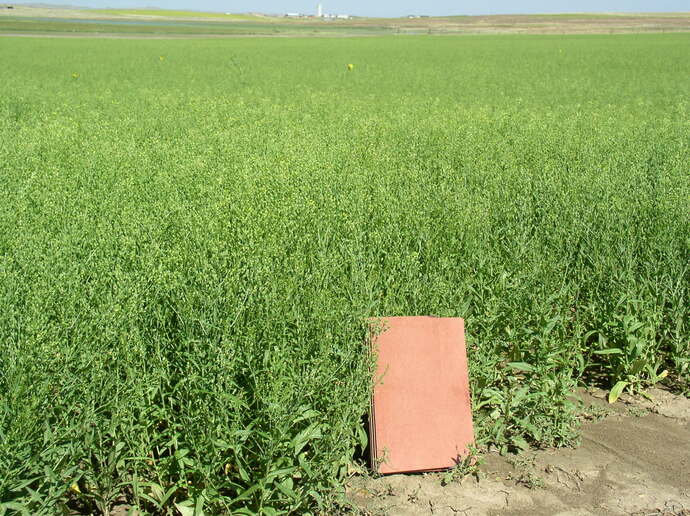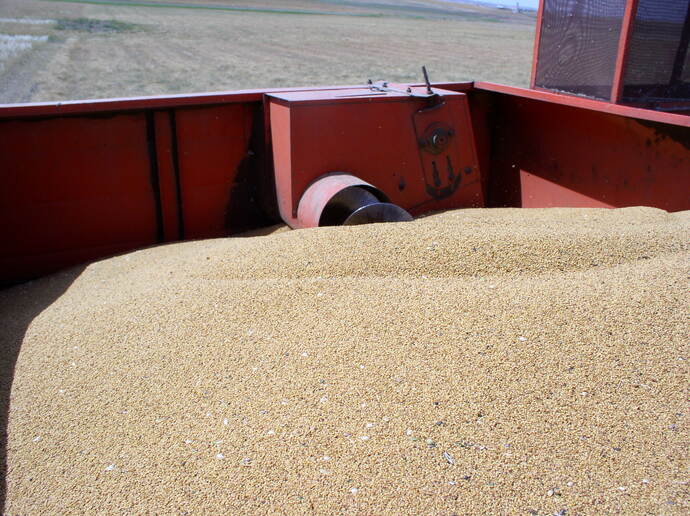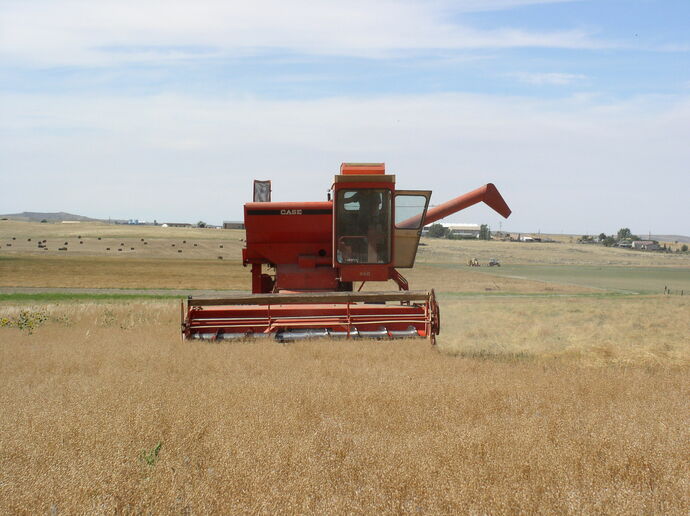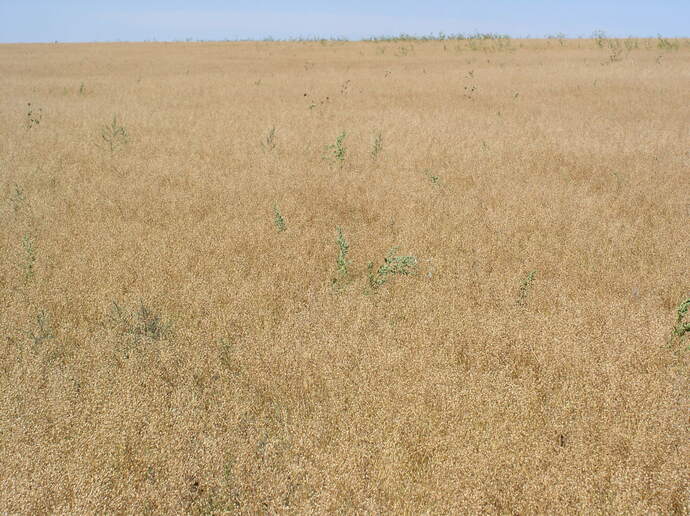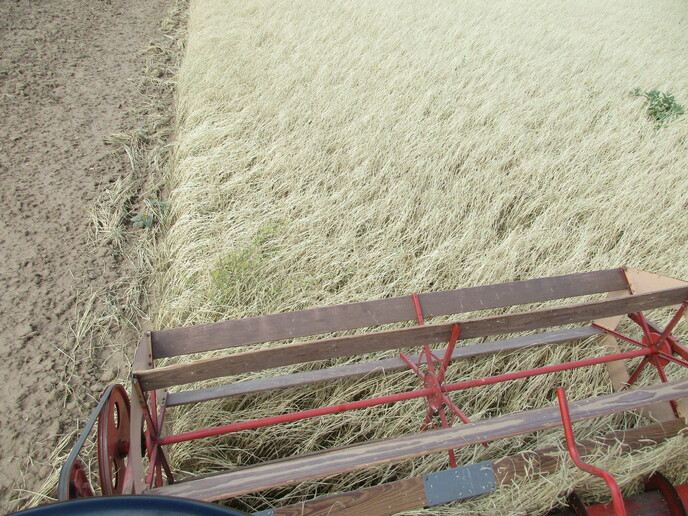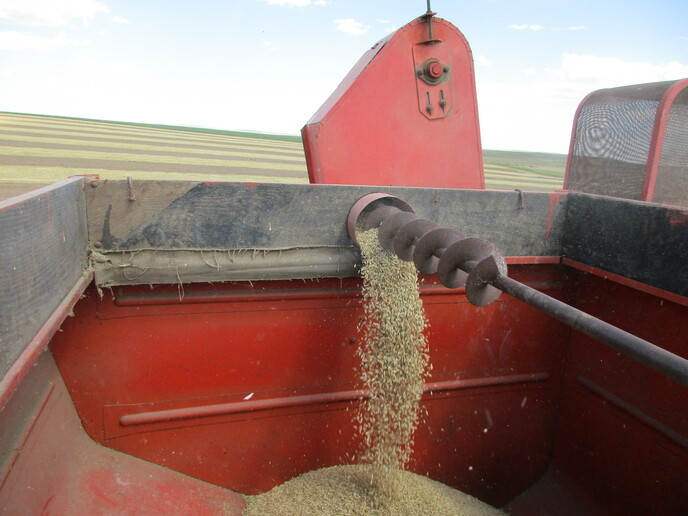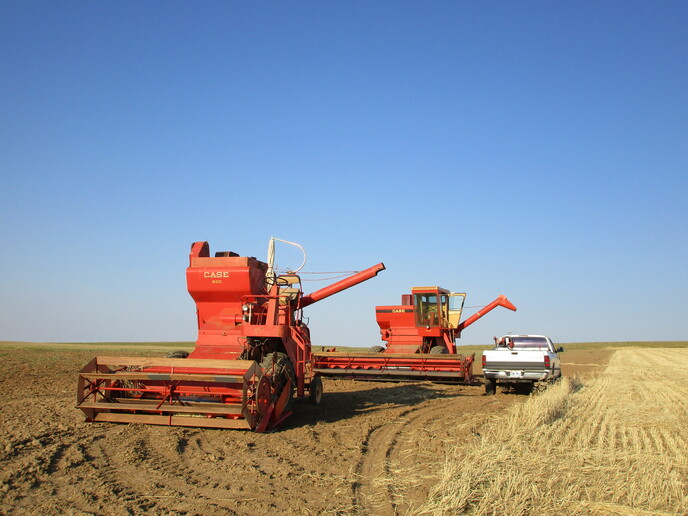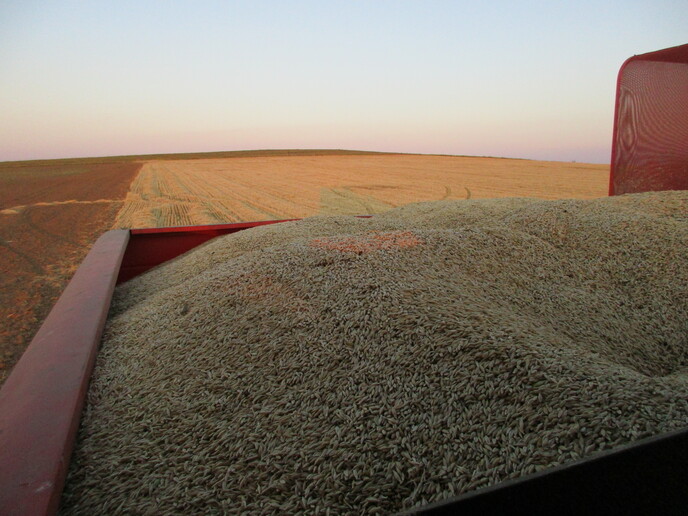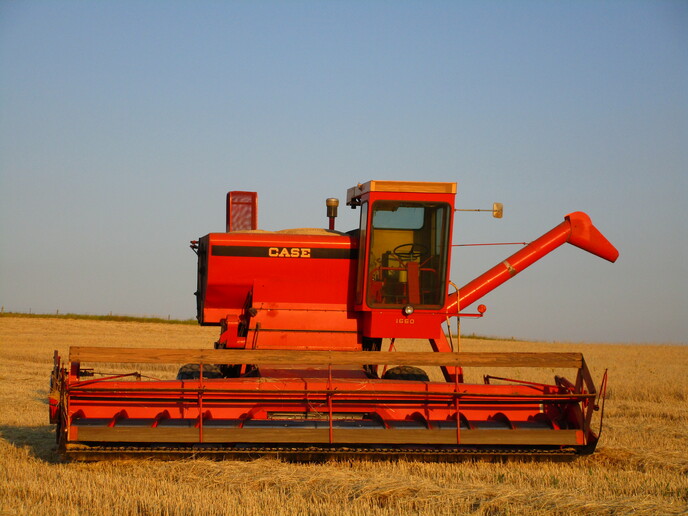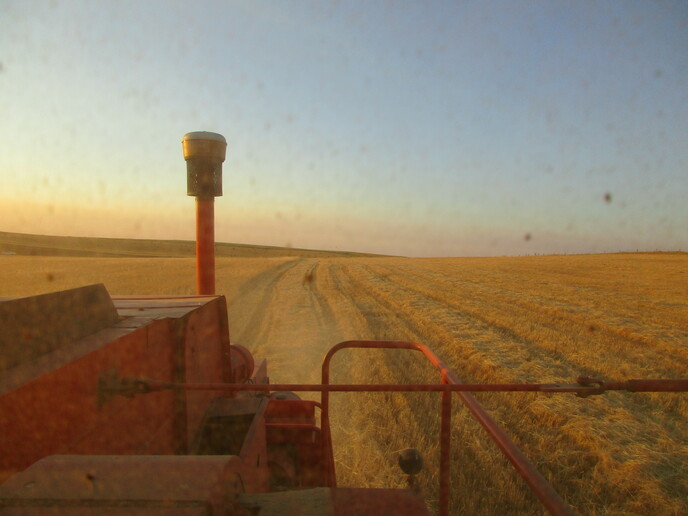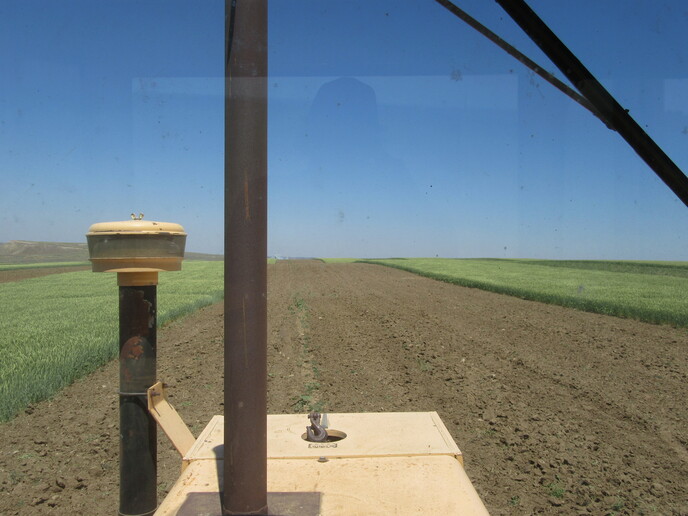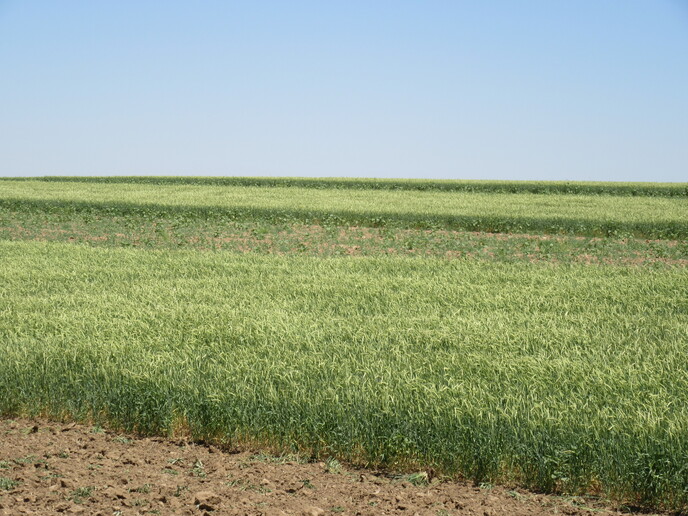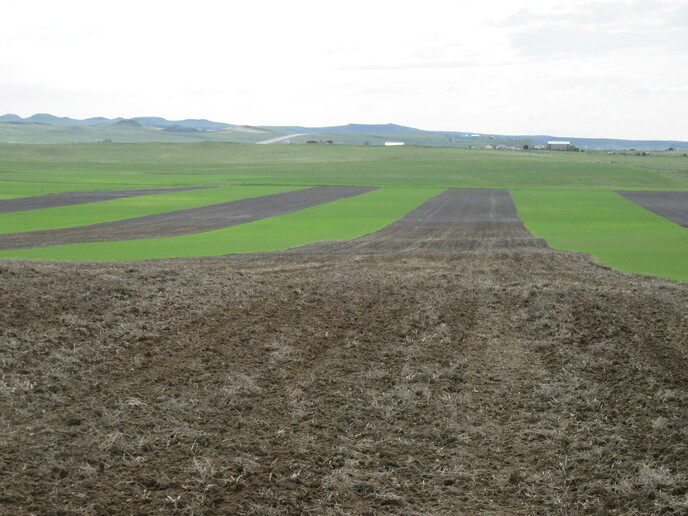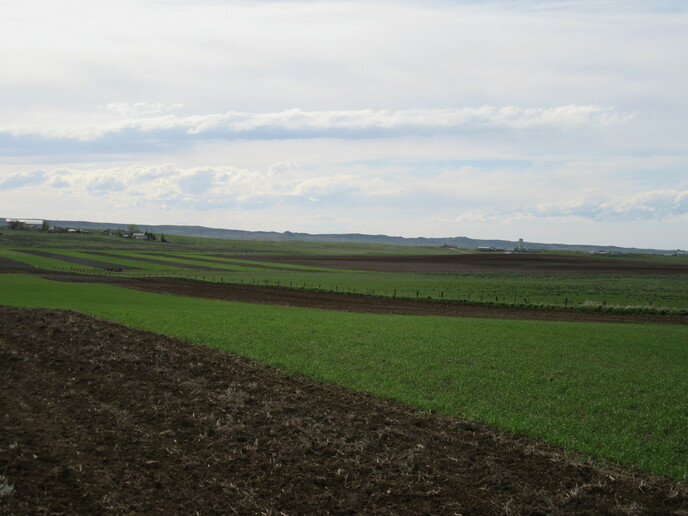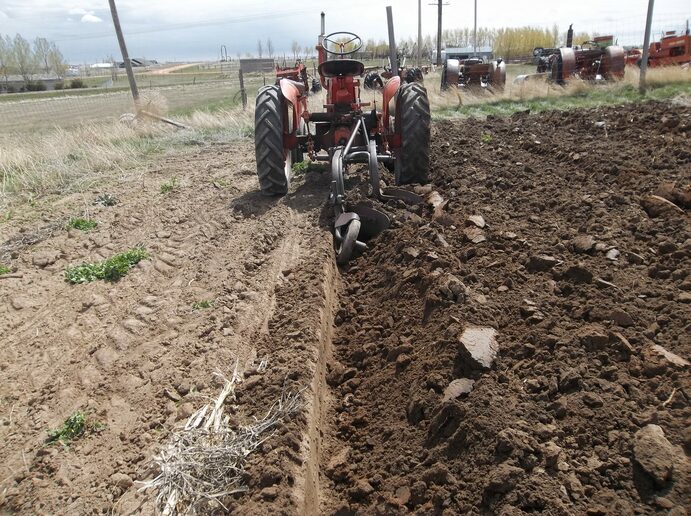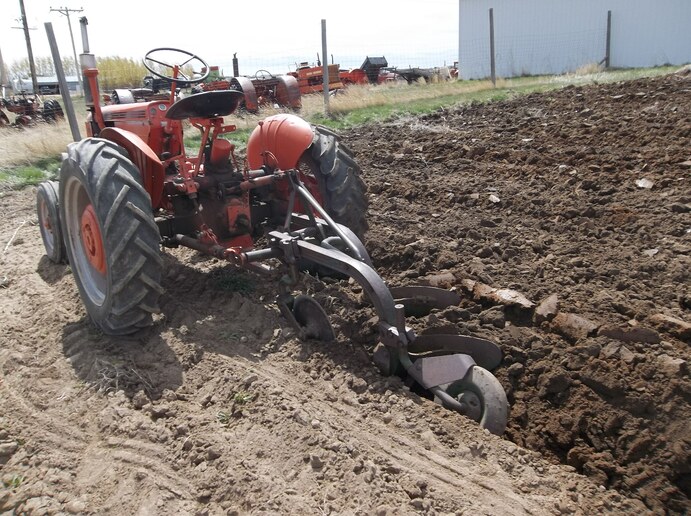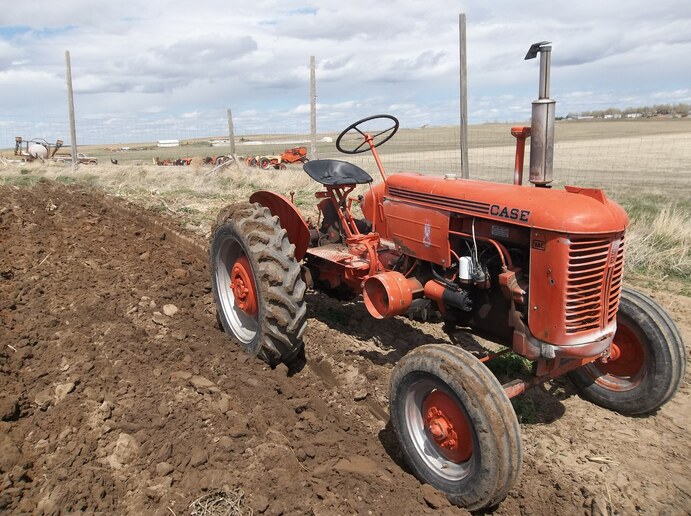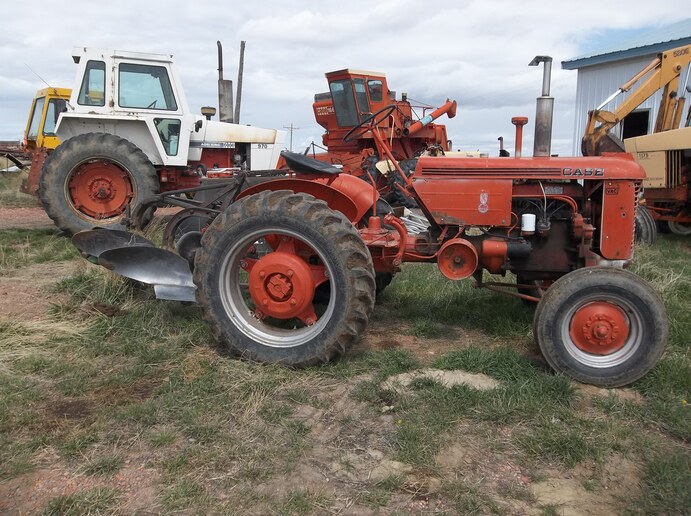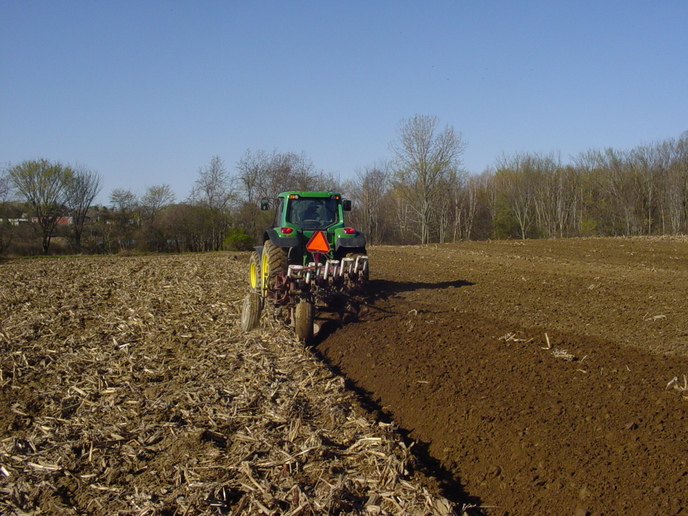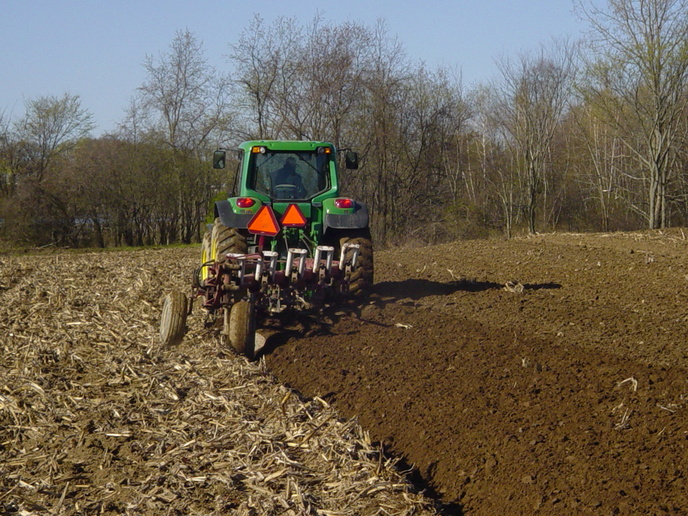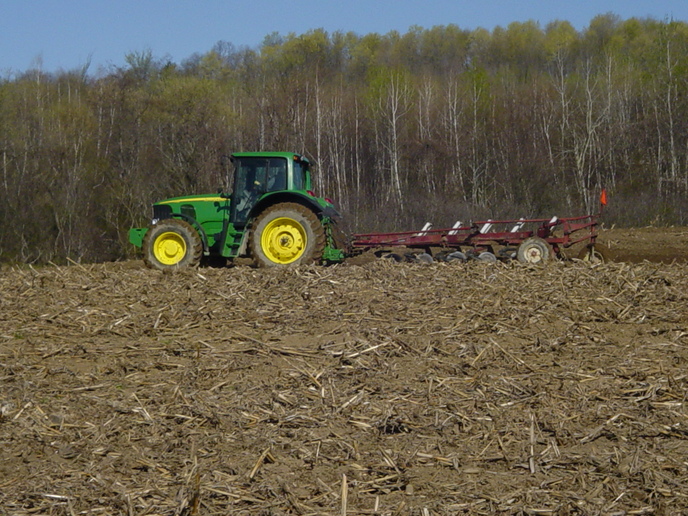Adirondack case guy
Well-known Member
Well I got back into the field today with the new to us White 598 plow. I plowed in
a field close to the farm to get everything tweaked the way I want it. I set the
vari-width to 20" today and the 7220 handled it nicely in 9th gear at less than full
throttle at 4.4 to 4.8mph. This is a nice speed and bottoms throw nice furrows. I am
plowing 8-10" deep and bouncing off the tops of limestone ledges, so faster just
breaks the plow. The spring resets are working well, but on occasion one will reset
a bit sluggish, but the ark of the point on the White reset system has to extend
down and scoop a bit of extra dirt to get back to the "HOME" position. My old Case
hydraulic reset plow used different geometry and the plow point retracted and
reentered the ground in a positive arc so it reset easier and quicker.
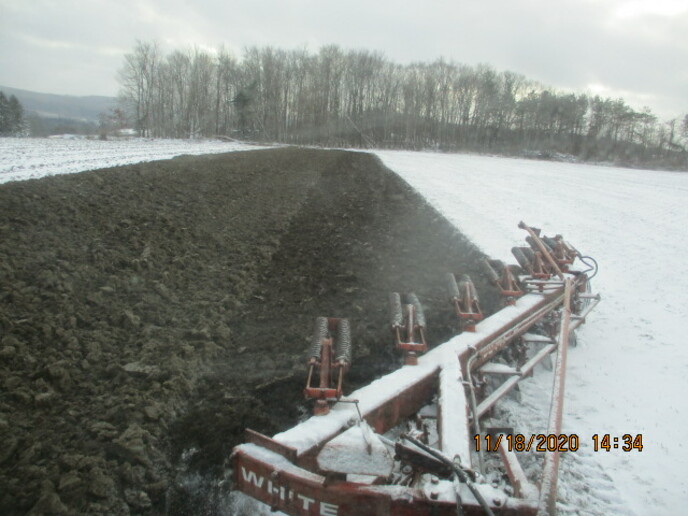
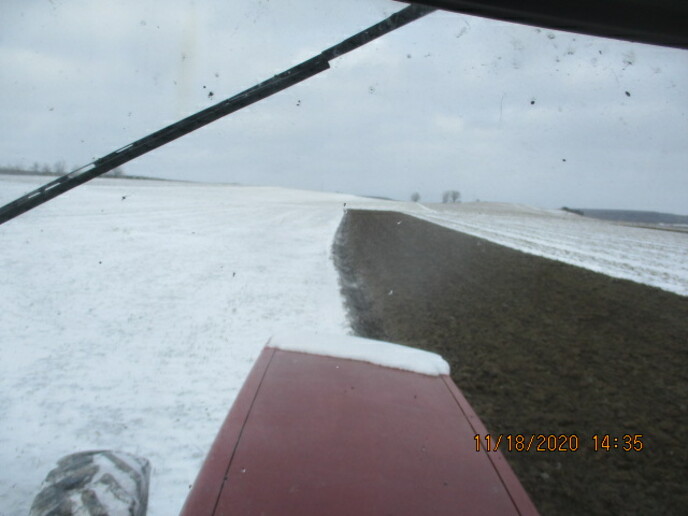
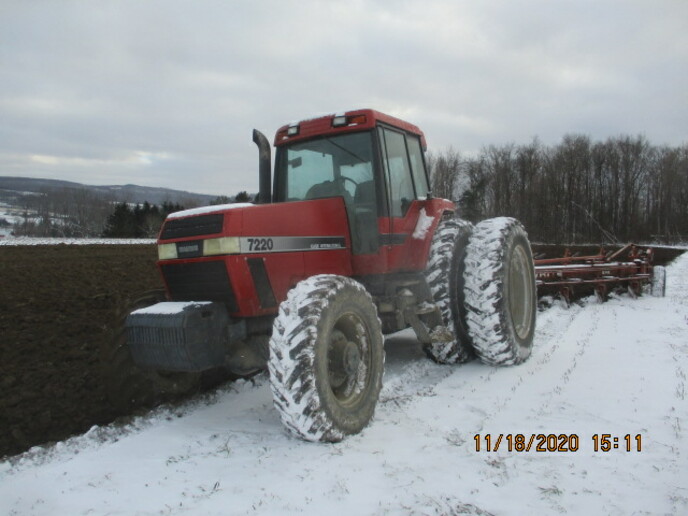
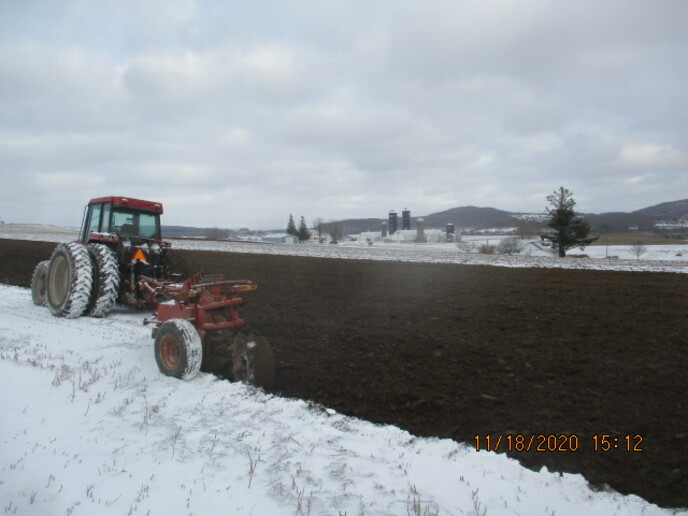
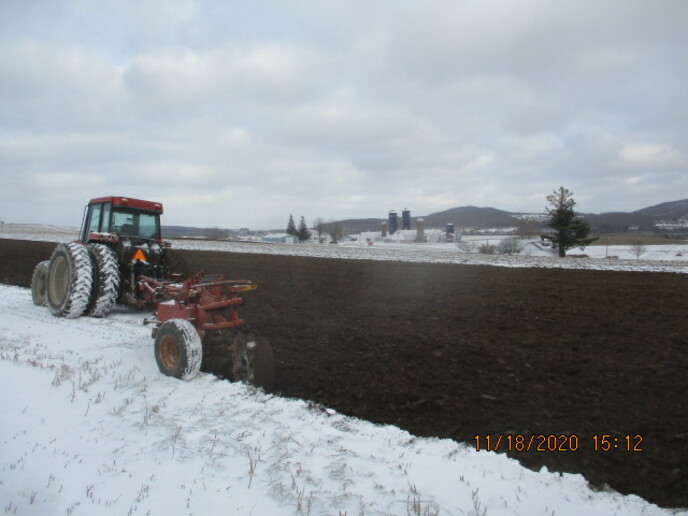 I am finding that I have to be much more on my game to keep this plow turning consistent bouts. Plowing a 10ft. swath with a plow that is around 25ft. long requires me to have to adjust front to rear plowing depth, as the tractors transverse angle to the ground changes from plowing down slope to plowing up slope, plus constantly having to adjust the cut width of the first furrow with the landing attachment that I built. It is sort of a dance across the field with the depth control and remotes to keep the plow doing what I want it to do and not leave a trail from each bout. An inch of width on front furrow or inch of depth at the front of plow make a very visible difference in the overall plowing job.
I am finding that I have to be much more on my game to keep this plow turning consistent bouts. Plowing a 10ft. swath with a plow that is around 25ft. long requires me to have to adjust front to rear plowing depth, as the tractors transverse angle to the ground changes from plowing down slope to plowing up slope, plus constantly having to adjust the cut width of the first furrow with the landing attachment that I built. It is sort of a dance across the field with the depth control and remotes to keep the plow doing what I want it to do and not leave a trail from each bout. An inch of width on front furrow or inch of depth at the front of plow make a very visible difference in the overall plowing job.
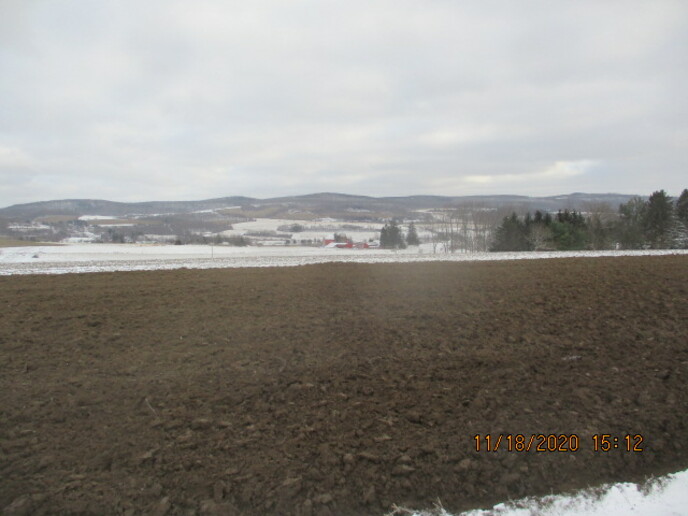 Temps peaked @25F at noon today. It is supposed to warm up into the mid 50's later this week, so I am hoping to get in some good productive days the rest of the week. The snowy crust made the beanstalks brittle today and the colters cut them well. They were pretty tough earlier this week and would plug the colters, but the coulters scoured up and are shiny now , so I hope I am past that issue also.
Temps peaked @25F at noon today. It is supposed to warm up into the mid 50's later this week, so I am hoping to get in some good productive days the rest of the week. The snowy crust made the beanstalks brittle today and the colters cut them well. They were pretty tough earlier this week and would plug the colters, but the coulters scoured up and are shiny now , so I hope I am past that issue also.
Loren
a field close to the farm to get everything tweaked the way I want it. I set the
vari-width to 20" today and the 7220 handled it nicely in 9th gear at less than full
throttle at 4.4 to 4.8mph. This is a nice speed and bottoms throw nice furrows. I am
plowing 8-10" deep and bouncing off the tops of limestone ledges, so faster just
breaks the plow. The spring resets are working well, but on occasion one will reset
a bit sluggish, but the ark of the point on the White reset system has to extend
down and scoop a bit of extra dirt to get back to the "HOME" position. My old Case
hydraulic reset plow used different geometry and the plow point retracted and
reentered the ground in a positive arc so it reset easier and quicker.






Loren


